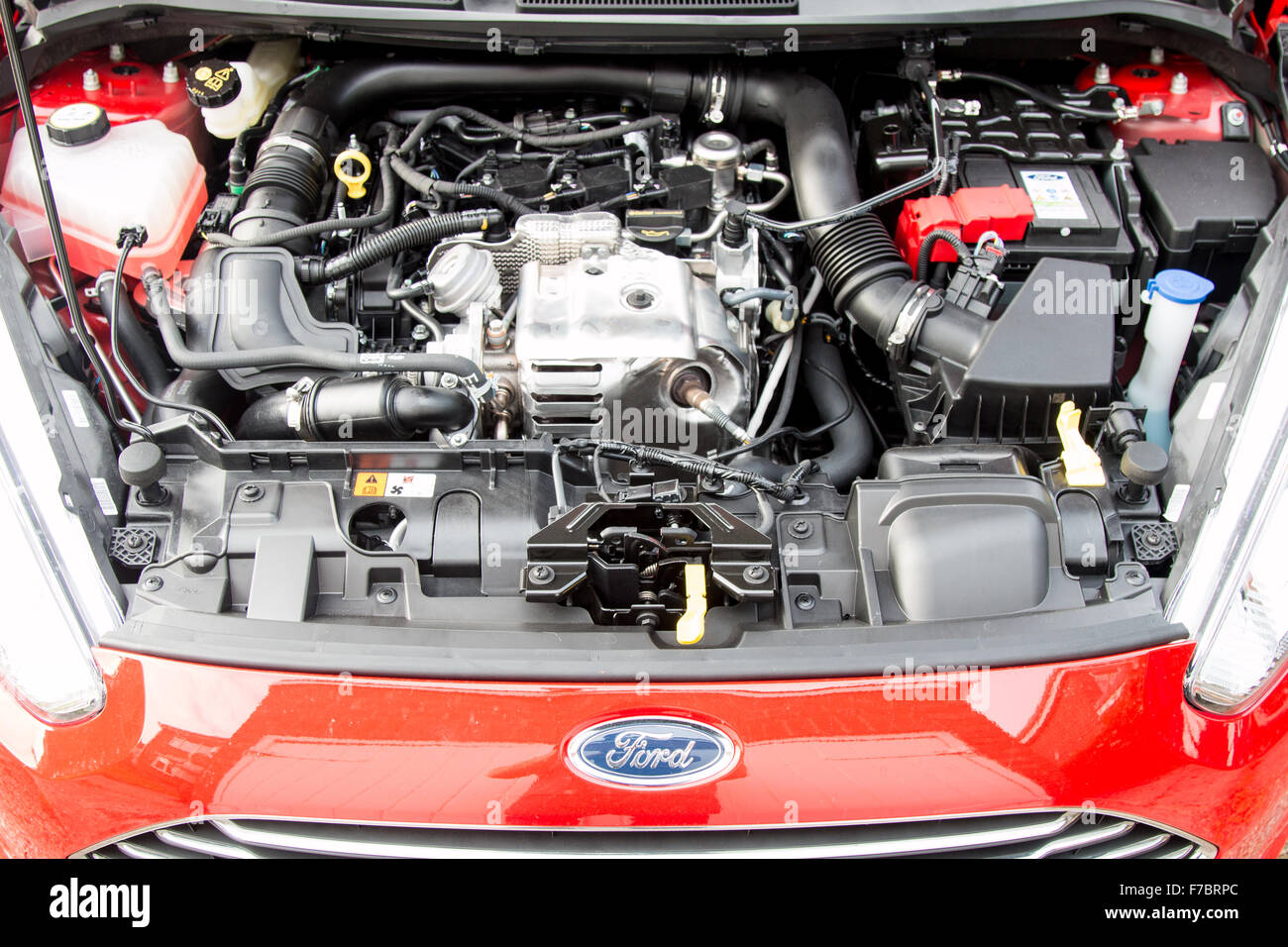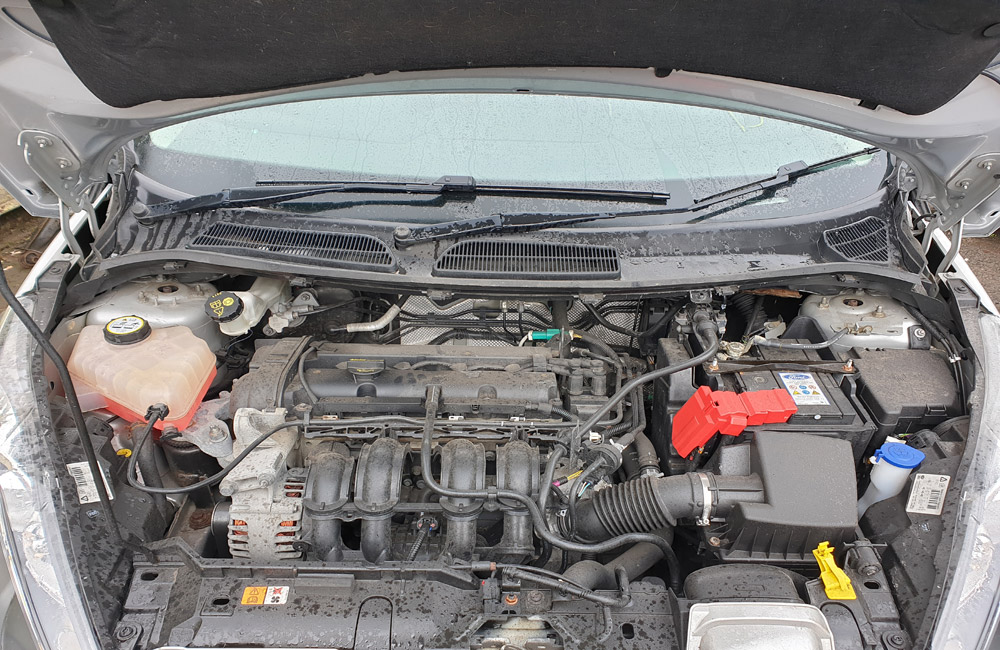What to Look for When Buying a Used Ford Fiesta Engine
What to Look for When Buying a Used Ford Fiesta Engine
Blog Article
The Future of Engines: Advancements Driving Lasting Power Solutions
As the auto industry navigates the important transition towards sustainability, the future of engines is progressively defined by groundbreaking developments. Electric engine advancements, alongside encouraging developments in hydrogen fuel cells and biofuels, are reshaping the landscape of power options.
Electric Engine Advancement
The development of electric engine advancements indicates a pivotal change in the aerospace and vehicle sectors, driven by the immediate need for sustainable alternatives to fossil gas. This transition is characterized by significant innovations in battery modern technology, power electronics, and electrical motor design, which collectively improve the performance and efficiency of electric engines.
Recent technologies have brought about the development of lighter, much more energy-dense batteries, such as lithium-silicon and solid-state batteries, which assure longer ranges and much shorter charging times. In addition, renovations in electrical motor efficiency, such as using permanent magnets and advanced cooling systems, allow electrical engines to operate effectively under varying conditions. These improvements not only improve automobile performance however likewise add to a reduction in total energy usage.
In addition, the combination of sophisticated software algorithms has actually enhanced power management in electric lorries, permitting regenerative braking and anticipating charging techniques. As suppliers increasingly accept electric propulsion, the auto and aerospace industries are seeing a paradigm shift in the direction of greener technologies. This development not just meets regulatory demands however also lines up with customer choices for eco-friendly transportation solutions, solidifying electrical engines as a foundation of future lasting movement.
Improvements in Biofuels
As the aerospace and auto sectors increasingly prioritize lasting energy sources, developments in biofuels become a complementary service to electrical engines. Biofuels, acquired from natural products such as plants, waste, and algae, offer an innovative method for minimizing greenhouse gas emissions and reliance on nonrenewable fuel sources.
Recent research study has actually concentrated on enhancing the performance and sustainability of biofuel production. Second-generation biofuels use non-food feedstocks, reducing competition with food supply and decreasing environmental impact. Furthermore, innovations in artificial biology have enabled the design of microbes to generate biofuels better, bring about greater returns and reduced production prices.
Additionally, the development of drop-in biofuels permits for smooth integration right into existing facilities, allowing a smoother change for industries traditionally depending on fossil gas. ford fiesta engine. These fuels can be made use of in current engines without adjustments, facilitating their fostering across various markets
Investments in biofuel modern technology, along with supportive plans, are vital to drive technology and scalability. As the worldwide neighborhood looks for to combat climate adjustment, biofuels provide a pragmatic, immediate option that lines up with the overarching goal of sustainability in transportation and air travel.
Hydrogen Gas Cell Innovation
A growing number of scientists and firms are checking out hydrogen fuel cell innovation as a viable option to standard power resources in transport and power systems. This innovation converts chemical energy from hydrogen right into electrical energy through an electrochemical reaction, with water as the only result, making it an eco-friendly choice.
The core of hydrogen fuel cells is the gas cell pile, where next hydrogen molecules are split right into protons and electrons. The circulation of electrons creates electrical energy, while protons relocate with a membrane layer to incorporate with oxygen from the air, forming water. This procedure causes high performance and reduced exhausts, positioning hydrogen fuel cells as an essential player in the transition to lasting power.
Substantial improvements have actually been made in enhancing the resilience and performance of gas cells, alongside decreasing costs with ingenious manufacturing techniques. Additionally, the advancement of hydrogen production methods, such as electrolysis powered by sustainable energy resources, improves the sustainability of the general system. As framework for hydrogen refueling expands and manufacturing techniques become a lot more efficient, hydrogen fuel cell technology holds terrific promise for decarbonizing numerous industries, including heavy-duty transportation and stationary power generation.
Hybrid Systems and Their Impact
Hybrid systems stand for a substantial advancement in sustainable engine innovation, combining standard interior combustion engines with electric propulsion to optimize energy effectiveness and reduce exhausts (ford fiesta engine). This double method enables lorries to utilize both source of power, allowing higher versatility in power consumption and lowering reliance on nonrenewable fuel sources

In enhancement to environmental advantages, hybrid systems use customers a viable transition towards totally electric cars. They relieve range anxiety by integrating the ease of gas with the benefits of electric propulsion, making them an eye-catching option for a broader target market.
The Duty of AI in Engine Layout
Leveraging innovative algorithms and machine understanding methods, the automobile market is increasingly integrating fabricated knowledge (AI) into engine layout procedures. AI enhances the performance and effectiveness of layout by assessing large datasets to determine optimum arrangements and performance criteria. This capability enables engineers to imitate numerous operating conditions and anticipate engine actions under several circumstances, significantly decreasing the moment and expense connected with standard prototyping techniques.
Furthermore, AI promotes the growth of innovative products and combustion procedures tailored for sustainability. By maximizing gas performance and decreasing exhausts, AI-driven styles line up with worldwide campaigns focused on reducing the carbon impact of vehicle engines. Device learning formulas can likewise forecast upkeep needs, causing boosted reliability and long life of engine elements.
Furthermore, AI contributes in the assimilation of electrification technologies, such as crossbreed systems, where it can maximize battery administration and power healing procedures. As the market moves in the direction of more lasting power options, the duty of AI in engine layout becomes progressively vital, driving technology and boosting the efficiency of future engines. Ultimately, the partnership in between AI and engine style heralds a brand-new age of smarter, cleaner, and extra efficient auto modern technologies.

Conclusion
In final thought, the future of engines is being shaped by a merging of cutting-edge innovations that focus on sustainability. Electric engine improvements, biofuel developments, hydrogen gas cells, and crossbreed systems collectively add to a significant decrease in exhausts and environmental impact. Furthermore, the integration of expert system in engine style improves effectiveness and performance. These transformative services highlight a dedication to developing a cleaner, a lot more lasting automobile landscape, inevitably benefiting both culture and the environment.
Electric engine improvements, along with appealing advancements in hydrogen gas cells see page and biofuels, are reshaping the landscape of power remedies. Furthermore, improvements in electrical motor effectiveness, such as the use of long-term magnets and progressed cooling down systems, make it possible for electrical engines to operate efficiently under differing problems. By maximizing gas effectiveness and minimizing emissions, AI-driven layouts align with international campaigns intended at lowering the carbon impact of automotive engines. As the sector relocates towards even more lasting power services, the function of AI in engine design ends up being increasingly important, driving development and improving the performance of future engines. Electric engine advancements, biofuel growths, hydrogen fuel cells, and crossbreed systems jointly contribute to a substantial decrease in discharges and environmental effect.
Report this page